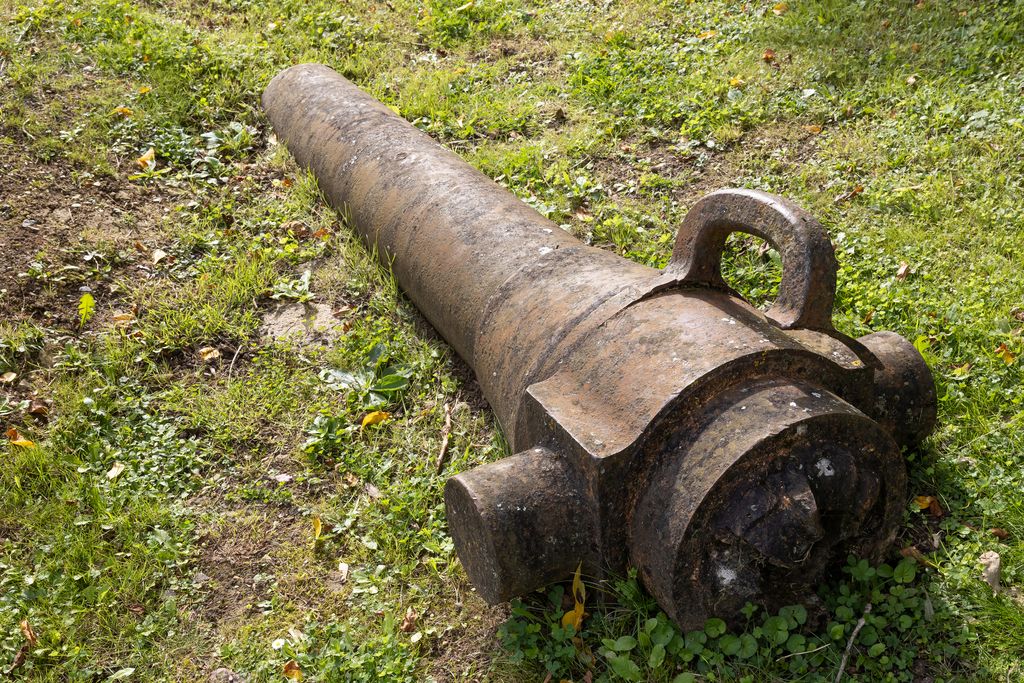World
5 Military Forts Were Lost For Centuries, One Has Finally Been Found

|
Getting your Trinity Audio player ready...
|
5 Military Forts Were Lost for Centuries. One Has Finally Been Found.
Buried in the earth since the Revolutionary War, a team of experts has finally brought one back to the surface.
BY TIM NEW
Archaeologists uncovered an earthen British fort buried under St. Augustine, Florida, and dated it to between 1763 and 1783.
British rule was short-lived in St. Augustine and was sandwiched between Spanish ownership, making the discovery a first of its kind.
The only historical remnants found at the site were seeds.
Due to the massive amount of history potentially sitting under the soil of St. Augustine—which is considered the oldest city in the United States, thanks to its 1565 Spanish founding—any construction project requires an archaeological check. Recently, as reported by Jacksonville Today, one of those checks came to fruition in a very exciting form: a small British dirt fort in the Lincolnville neighborhood.
Historians know about the potential for British fortifications called redoubts in St. Augustine, with seven believed to have been built across the town, according to the Historical Marker Database. But the modern-day locations were lost to history.
“None of them have been found archaeologically, even though people have been looking for them for decades, until this one,” Andrea White, city archaeologist, told Jacksonville Today. “It is probably because it is so ethereal—it is very hard to locate, sort of like looking for a needle in a haystack.”
That’s because the redoubts were made of dirt, and are likely all now buried under… you guessed it… more dirt.
Finding this first redoubt was a delicate process, which began when crews tested the soil and discovered a deep ditch. “Lo and behold, we found an extremely large ditch or moat that is about 15 feet wide,” White said. “We knew based on the size of it, the width of it, that this was something that was not an agricultural ditch.”
The ditch, which turned out to be a protective ditch once dug around the fortification, was enough to give archeologists confidence that this was indeed one of those seven lost redoubts. The only artifacts found were seeds, and the rest of the fort was swallowed up by the earth. The ditch has now been covered back up, allowing the site to be built on by the owner.
“That’s one of the reasons it is hard to find, and you have to really strip large areas of soil to be able to locate it,” White said. “It was actually mostly made out of earth, which makes it harder to locate.”
St. Augustine was a Spanish-occupied location from its founding in 1565 until the British took control in 1763. That rule lasted for 20 years until the Spanish again gained control post-Revolutionary War. The United States took over the site in 1821.
During their time, the British constructed seven redoubts both west and south of the town in response to the Revolutionary War. While there are maps that show their locations, the maps are inconsistent (and could just be plans, rather than actual constructed redoubts), leaving historians to wonder where they were actually built.
“This was something very unique done by the British, so it is kind of the only representation that we have of the British constructing any sort of fortifications in St. Augustine,” White said. “One of the other things that is great about it is because the historical records are kind of sparse, we don’t really know how big they were, how they were constructed.








